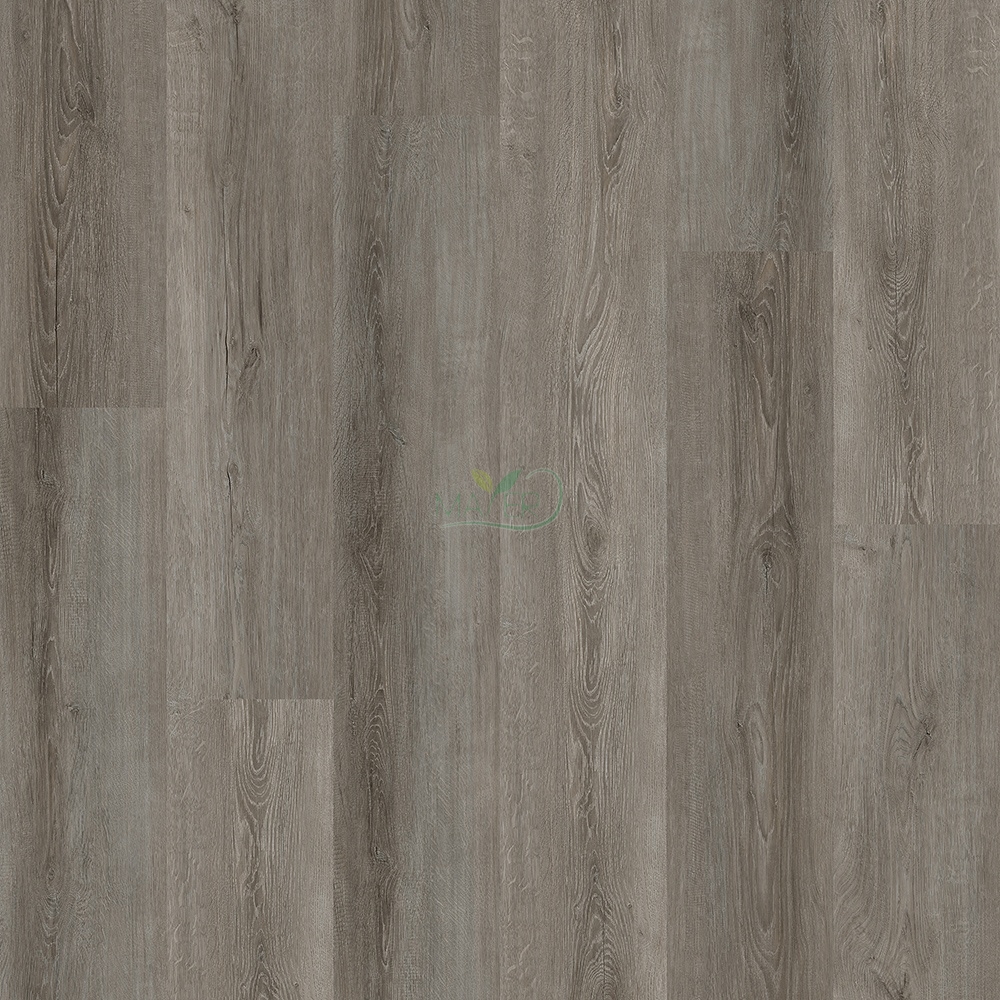Choosing the right flooring for your home or business involves more than just selecting a material that matches your aesthetic preferences. It also requires careful consideration of various cost factors that can impact your budget and overall project expenses. From material costs to installation fees, understanding the key factors influencing flooring costs is essential for making informed decisions. In this comprehensive guide, we'll explore the primary cost factors of flooring, providing insights to help you navigate the process and achieve your desired results within your budget.
Material Composition:
The type of material you choose for your flooring has a significant impact on overall costs. Different materials come with varying price points based on factors such as availability, durability, and manufacturing processes. Some common flooring materials and their cost considerations include:
Hardwood Flooring: Hardwood flooring is prized for its timeless elegance and natural beauty, but it tends to be one of the more expensive options due to the high quality of the wood, as well as installation costs.
Tile Flooring: Tile flooring, whether ceramic, porcelain, or natural stone, can vary widely in price depending on factors such as the quality of the tile, size, design complexity, and installation method.
Vinyl Flooring: Vinyl flooring is often more budget-friendly compared to hardwood or tile. It comes in various forms, including luxury vinyl plank (LVP) and luxury vinyl tile (LVT), with different price points based on quality and design.
Laminate Flooring: Laminate flooring is an affordable alternative to hardwood, offering a similar look at a lower cost. Laminate flooring prices can vary depending on the quality of the laminate and the complexity of the design.
Carpet Flooring: Carpeting is generally priced by square foot and can range from budget-friendly options to high-end varieties made from premium materials like wool. Factors such as pile height, density, and fiber type influence carpet costs.

Quality and Durability:
Higher-quality flooring materials often come with a higher price tag, but they may offer better durability, longevity, and performance. While budget-friendly options may be available, they may not withstand wear and tear as well as premium materials. When evaluating flooring options, consider the long-term value and return on investment of higher-quality materials, particularly in high-traffic areas.
Installation Method:
The installation method can also impact flooring costs. Some types of flooring, such as hardwood and tile, require professional installation, which can add to the total project expenses. DIY-friendly options like click-lock vinyl and laminate flooring may be more cost-effective, as they can be installed without the need for professional assistance.
Room Size and Layout:
The size and layout of the room where the flooring will be installed can influence costs. Larger rooms require more materials, which can increase material costs. Additionally, complex layouts or irregularly shaped rooms may require more intricate installation techniques, which can result in higher installation fees.
Additional Materials and Accessories:
In addition to the flooring material itself, there are other materials and accessories to consider that can impact costs. These may include underlayment, adhesive, transition strips, trim, and molding. Be sure to factor in the cost of these materials when budgeting for your flooring project.
Location and Accessibility:
Geographic location and accessibility can also affect flooring costs. Prices may vary depending on regional market trends, labor costs, and transportation expenses. Additionally, factors such as building codes, permits, and site preparation can influence overall project costs.
Conclusion:
Understanding the cost factors of flooring is essential for planning and budgeting your project effectively. By considering factors such as material composition, quality, installation method, room size and layout, additional materials, and location, you can make informed decisions that align with your budget and project requirements. Whether you're renovating your home or upgrading a commercial space, careful consideration of flooring costs will help you achieve the desired results while maximizing value and minimizing expenses.



